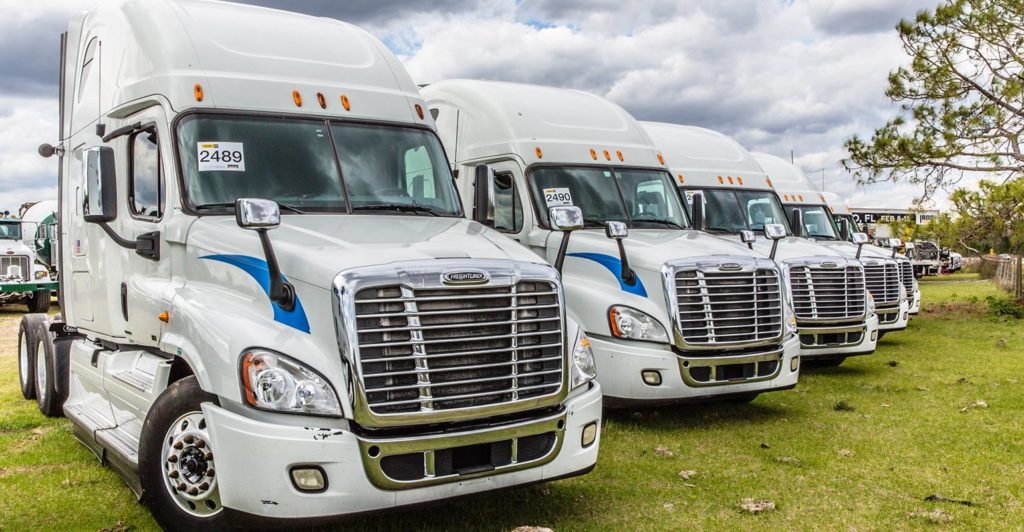Lease or Own? How should you grow your fleet?
If you’re a fleet manager of a growing fleet, you might be looking to add vehicles to meet the demand. Whether you are looking for one truck or several, you’re bound to wonder if it’s more cost-effective to buy or lease. Since this decision will be based on many different factors, it’s imperative to consider both options.

1.Cost
Buying is more cost-effective in the long term, but leasing is a good option if you don’t have the money in the short term.
Depending on your financial situation, a major advantage of leasing is the smaller payments. If you are looking at preserving capital for other business needs, this is a more viable option. However remember, these payments are not going towards ownership. If you re-sign at the end of the lease, that’s additional monthly payments. Purchasing a vehicle usually means higher payments, but those payments stop once the vehicle is paid off.
Insurance is another cost factor. Lease agreements may require more insurance than what you would purchase for your own vehicle. Leasing companies can set higher limits of liability which are non-negotiable. To help you better understand your cost options, start by calculating your likely monthly cost for both lease and ownership. Don’t forget to consider fuel, registration fees, and vehicle utilization.
2. Maintenance
Whether you buy or lease, maintenance costs will be unavoidable. Vehicle model year and usage will impact the number of maintenance trips and the bottom line
If your fleet vehicles operate under severe duty, they may require more maintenance and repair. Because leased vehicles are typically newer models, it is possible that vehicle will spend less time in the shop than an older model. In addition, many lease agreements will include maintenance however, the coverage varies.
If you choose to buy, maintenance costs can pile up. Before making a decision, budget for preventative maintenance and repair costs to get a sense of the actual cost. Keep in mind that maintenance costs for vehicles 4-6 years old are nearly 3x higher than the first 3 years.
Whether you buy or lease, it’s important to keep your fleet maintenance consistent.
3. Flexibility
If you notice your fleet has a high vehicle turnover rate, a good rule is to lease. If the turnover rate is low, buy.
The most attractive benefit of leasing is flexibility. You can experiment with the number of vehicles your fleet needs without locking in for the long haul. If you know you’ll need more vehicles during the busy season, consider seasonal leasing.
4. Depreciation
Whether your vehicle is leased or owned, it will depreciate as it is driven. This will lover the resale value down the road.
With the average fleet vehicle driving between 11,000 and 70,000 miles a year, fleets can see the total value of their vehicles depreciate quickly over time. This brings a challenge to sell it in the future.
This can also affect you if you are leasing. Because leasing companies sometimes sell a vehicle at the end of the lease, they want to keep vehicle mileage low. Leasing companies can put a lease long mileage limit with penalties. If you have trucks driving hundreds of miles each year, you will quickly reach the limit. To lower the risk of penalties, a fleet manager will need to plan optimized routes.
Lease or Buy?
Understanding the benefits and challenges of leasing and buying and how each would work in your fleet is essential to deciding how to grow your vehicle count. Things to consider: milage, the purpose of the vehicle and the duration of need. If you are taking short routes or using vehicles sporadically, buying is probably your best option.
No matter what you choose, you will need fuel for your vehicles. Fulez Fleet Card can help you save money on your biggest variable expense – fuel. With other benefits like real-time reporting, per gallon discounts and spending limit settings, the Fuelz Fleet Card can help you save on your bottom line. Contact us and get started today!
